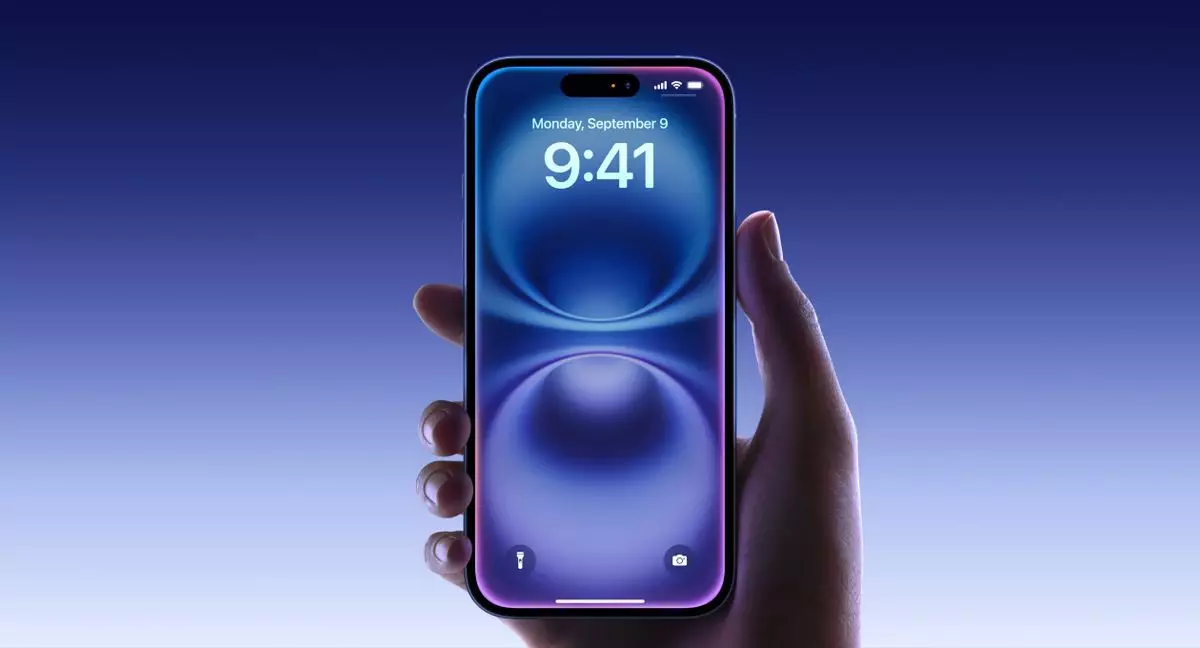In a disturbing revelation, the US Department of Justice recently announced the sentencing of two Chinese nationals for their involvement in a sophisticated scheme that managed to defraud Apple Inc. of millions in legitimate products. According to reports from Ars Technica, this operation was not just a simple case of fraud but rather a well-planned initiative that resulted in significant financial losses for the tech giant. The perpetrators exploited Apple’s return and repair policy, highlighting vulnerabilities in the system that, until now, remained largely unnoticed.
What is especially unsettling about this case is the sheer scale and success of the criminal operation; these individuals managed to escalate their fraudulent undertakings to a staggering loss of over $2.5 million to Apple. During the trial, evidence indicated that more than 5,000 counterfeit devices were submitted to the tech company in a bid to obtain legitimate replacements. The audacity of this scheme raises questions not only about corporate oversight but also the integrity of second-hand markets connecting users globally.
Legal Repercussions Yet Insufficient Restitution
Despite the outcome of the sentencing, where one defendant was ordered to pay over $1 million and the other almost $400,000, it remains strikingly evident that the restitution falls short of covering the total damages incurred. In an era where Apple is worth over two trillion dollars, a mere $1.4 million recovery is equivalent to chump change, which renders the legal penalties almost moot in the bigger financial picture.
This situation calls into question the efficacy of legal systems in dealing with high-stakes fraud. The disparity between the losses sustained by corporations like Apple and the judicial penalties imposed on offenders brings to light a significant flaw: how can the legal system effectively deter future frauds in an environment that allows for such sizable gaps in restitution?
The implications extend beyond legal repercussions and delve deeply into consumer trust and brand integrity. If sophisticated counterfeit iPhones can evade detection for such an extended period, it creates a sense of unease for consumers who purchase devices either first-hand or from secondary markets. This situation accentuates the necessity for increased vigilance, not only on the part of large corporations like Apple but also among everyday users.
The concern is twofold: firstly, the ease with which counterfeit products can infiltrate the market undermines the confidence of consumers. Secondly, this reinforces the idea that even established, trusted brands can fall victim to fraud, leaving consumers vulnerable to purchasing what they believe to be authentic devices. The prevailing mode of consumerism—favoring convenience over verification—becomes a risk factor in itself.
Given the increasing prevalence of fraud in tech, it is crucial for consumers to adopt a heightened sense of vigilance, particularly when navigating the second-hand phone market. While it may be tempting to seize attractive deals, users should prioritize sourcing devices from established and reputable sellers. A thorough verification process, including checking for manufacturer confirmations or warranties, can protect against potential losses in an otherwise flourishing second-hand ecosystem.
Furthermore, this caution extends beyond just smartphones and into the broader tech landscape, including a variety of gaming and hardware components. Reports of fraudulent devices being sold through online marketplaces are not uncommon, making it increasingly imperative for buyers to scrutinize offers. Familiarity with genuine product features, warranties, and seller reputations forms the cornerstone of consumer protection in today’s digital marketplace.
The case surrounding the fraudulent scheme to defraud Apple serves as a stark warning for both corporations and consumers alike. It highlights not only the sophistication of modern-day fraud but also the need for greater preventive measures and consumer awareness. As technology continues to integrate into daily life, the potential for fraud will inevitably evolve, necessitating constant vigilance and a proactive approach to security. To navigate this complex landscape effectively, both corporate giants and individual consumers must commit to safeguarding their interests against the lurking threats of counterfeiting and deceit.


Leave a Reply